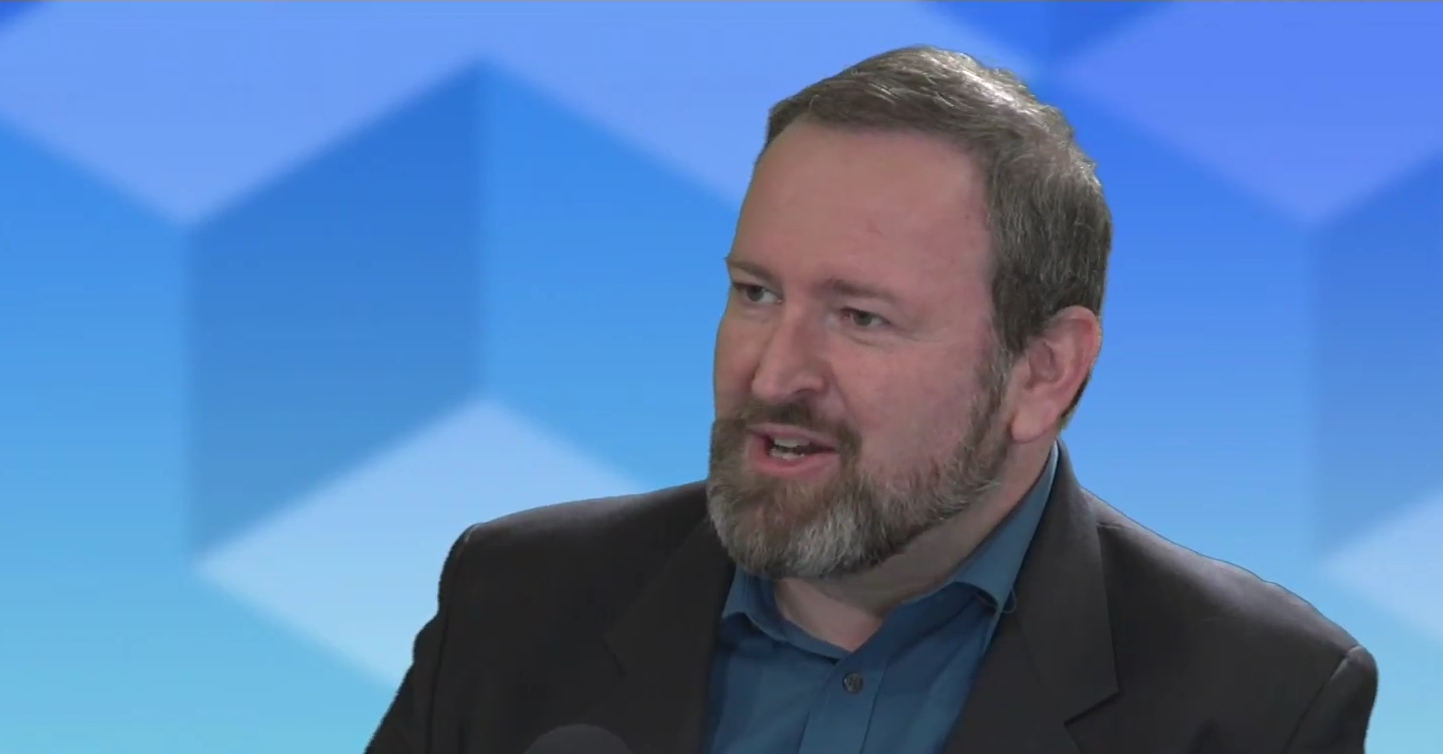 INFRA
INFRA
 INFRA
INFRA
 INFRA
INFRA
The big story at this year’s Mobile World Congress is the background work taking place to support a 5G rollout, according to Val Bercovici (pictured), chief technical officer of SolidFire Inc. The next generation of wireless networking has spurred re-architecting efforts at many global telcos, he explained, as the industry makes the switch from virtual machine-based infrastructure to microservice-based stacks.
Bercovici recently spoke to John Furrier (@furrier), co-host of theCUBE, SiliconANGLE Media’s mobile live streaming studio, from SiliconANGLE’s Palo Alto, California, studio, to discuss the enterprise opportunities and architecturing challenges underlying 5G hype, the potential of microservices to address 5G market maturity, and the rise of edge computing to support the hyperconnected world.
The current issue with Network Functions Virtualization methods, and what the telcos are worried about, is the complexity involved in providing all of the services consumers depend upon with mobile phones today. These include basic connectivity, location-mapping services (GPS), and software applications. From an NFV perspective and a back-end data center perspective, everything is considered to be a session, Bercovici explained.
Therefore, for every session (and this occurs more than a million times for every regional data center), a logical session has to be set up where the user and the device must be authenticated to make sure they are cleared to use the network, and then log what is happening, Bercovici said. Additionally, a firewall and security layer must be added in, and access must be granted to all other resources that combine into a service back to the end user.
If a VM was set up for every connection, it would take a multi-billion-dollar data center to handle all the sessions, Bercovici stated. This is where microservices have become essential in a hyper-connected, 5G world; they provide the speeds needed to set up these sessions, the efficiencies of the number of sessions per server and the end-to-end cost of processing all the transactions, he said.
Watch the complete video interview below, and be sure to check out more of SiliconANGLE and theCUBE’s coverage of the Mobile World Congress 2017 Barcelona.
Support our mission to keep content open and free by engaging with theCUBE community. Join theCUBE’s Alumni Trust Network, where technology leaders connect, share intelligence and create opportunities.
Founded by tech visionaries John Furrier and Dave Vellante, SiliconANGLE Media has built a dynamic ecosystem of industry-leading digital media brands that reach 15+ million elite tech professionals. Our new proprietary theCUBE AI Video Cloud is breaking ground in audience interaction, leveraging theCUBEai.com neural network to help technology companies make data-driven decisions and stay at the forefront of industry conversations.